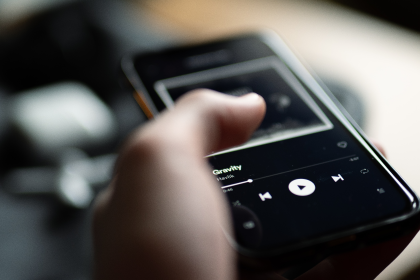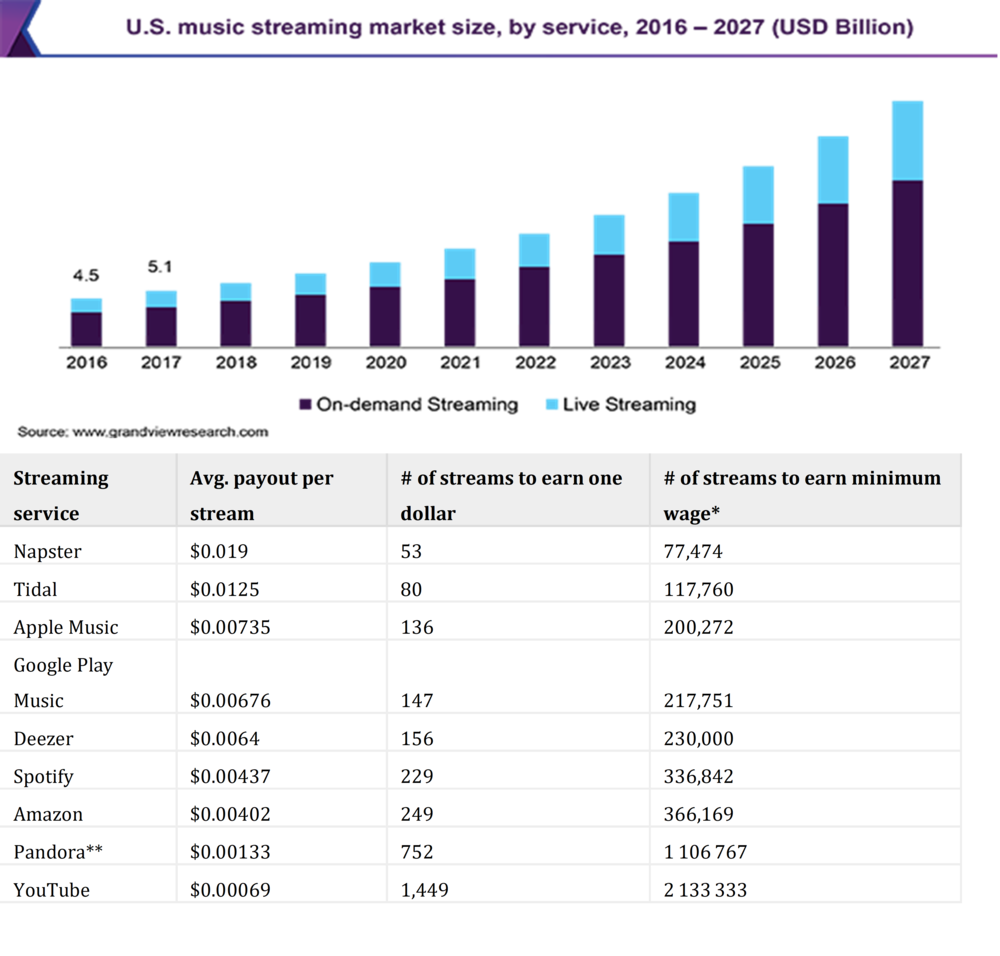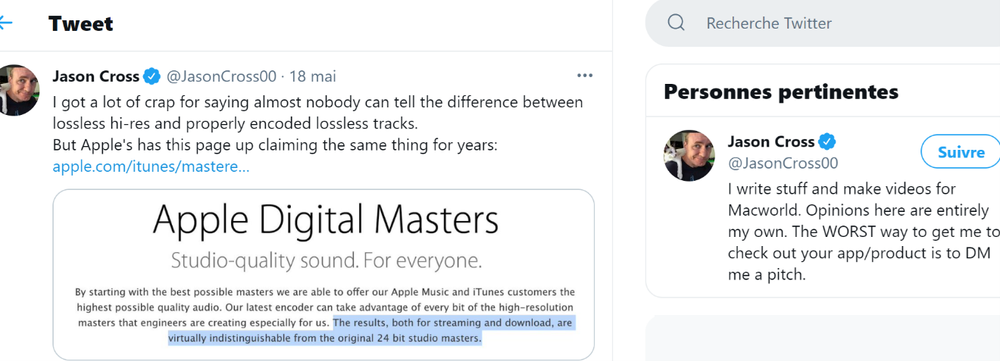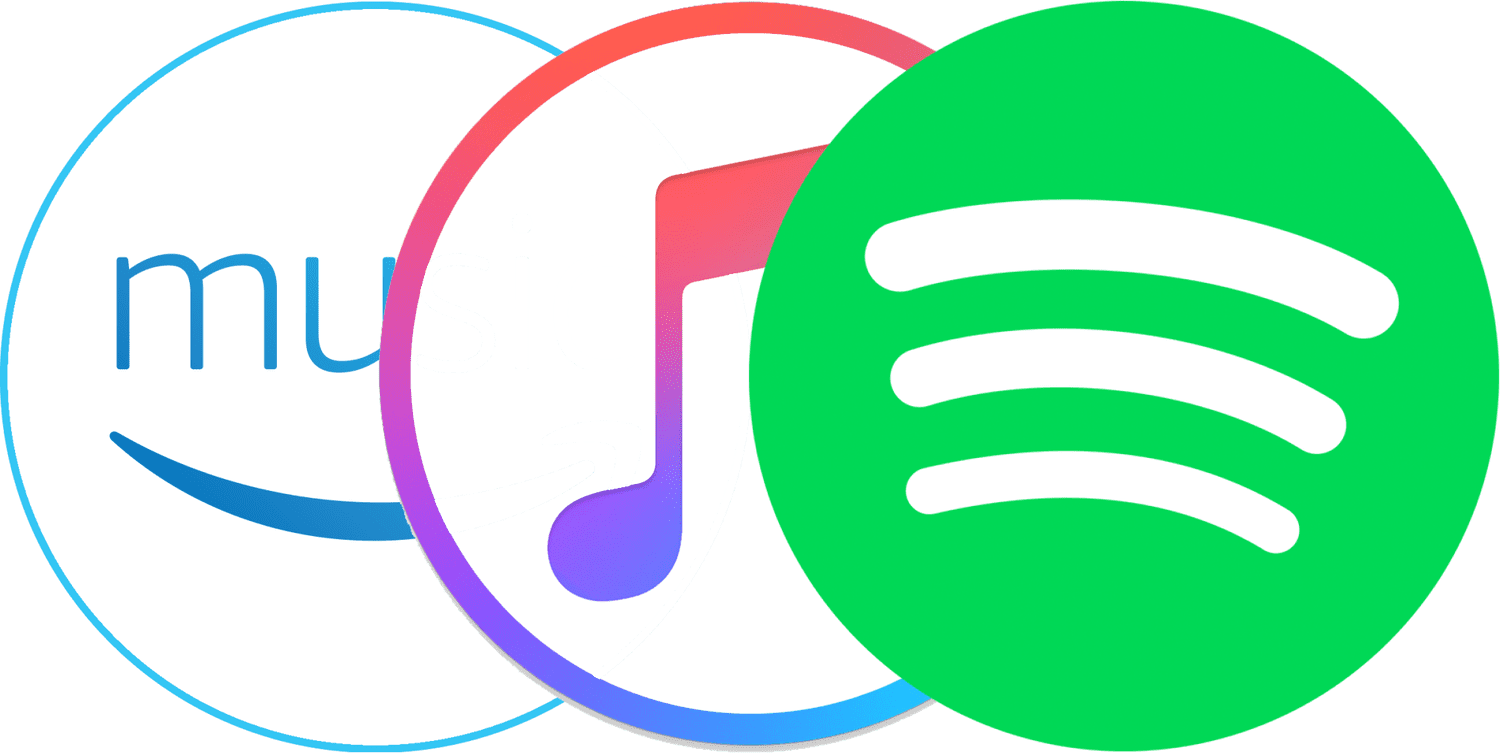The shifting of the Earth’s tectonic plates often causes disturbances or, in worse case scenarios, natural disasters like tsunamis or volcanic eruptions. In my first column, I mentioned that the digital world is changing rapidly, well, until now I didn’t know to what extent. Apple Music, Spotify, and Amazon recently announced their commitment to gradually divest from the lossy music format (ogg vorbis, aac and MP3) in favor of lossless compressed one (Flac or Alac). Does this spell the beginning of the end of the prehistorical era of streamed music? As a result of these new developments, could the existence of certain species in the digital music distribution ecosystem be threatened? And is this ecosystem set to change for the better or worse? Before addressing these questions, let’s take a step back.

Last February, Spotify announced its new lossless HiFi service, slated to roll out “later in the year”. The company hasn’t said how much membership to the service would cost or which countries would be included in the launch. It was also not specified whether the word HiFi used by Spotify includes hi-res music (24 bit / 44 kHz and above) or Dolby Atmos.
Following Spotify’s announcement, Apple Music revealed that it will offer its 75 million-song catalog in lossless audio, at the same cost as its lossy audio subscription (MP3): $9.99/month, for an individual, or $14.99/month, for a family. Launch of the service is scheduled for June. In its press release, Apple defines lossless audio as CD quality 44.1kHz/16bit up to 192kHz/24bit resolution. In addition, titles in Dolby Atmos will be added regularly. However, as with insurance policies, the devil is in the details. Apple plans to release 20 million songs in lossless audio at launch, with the full 75 million songs available by the end of the year. So, not quite what the title of the press release says. The press release also omits to mention this important caveat: AirPods, AirPods Pro, AirPods Max, even with a wired connection, are incompatible for listening to Apple Music’s lossless content. Due to technical reasons, owners of Apple earplugs or headsets won’t be able to hear the improved sound quality of Apple’s new service. Ironically, Android cell phone users will, via wired connection from their phone’s headphone jack.

On the same day as Apple’s big announcement came Amazon’s own big announcement: subscribers to Amazon Music Unlimited will be able to subscribe to its new “HD and Ultra HD” music service for the same price as Apple’s new service, namely $ 9.99, while Amazon Prime subscribers will pay $ 7.99.
In comparison, Tidal’s, Deezer’s, and Qobuz’s monthly rates are currently higher at $14.99 and more.
What to make of these upheavals in the world of network-streamed music? Well , first, it’s nice to see streaming companies taking audio quality seriously. It’s about time: the era of poor Internet bandwidth is long gone, and mobile phone plans include more and more GB (gigabytes) at increasingly affordable prices, although there’s still a ways to go in this regard. Lovers of high-fidelity music rejoice! MP3 is being vanquished! At least, that’s the obvious takeaway. There are important repercussions to consider…
As the saying goes, a picture is worth 1,000 words. So let’s include three of them!

Here are some statistics concerning the payments granted to artists by these online services:

What do you see? I see three companies that control 70% of the market. They offer, or will soon offer, music in lossless sound quality, at a base price of $ 9.99 per month, much less than what is charged by their competitors, Deezer, Napster, Tidal, Qobuz and Google Play Music (now YouTube Music). “They can just lower their prices to preserve their market share!” I hear you saying. That could only work in the short term; at their monthly rate of $9.99 per month, Amazon, Spotify, and Apple will always have more to offer than their competition.
A Tidal subscription for an individual costs $19.99 per month. Soon, Apple will offer a monthly subscription for $9.99 for its HiFi service, but for $14.99 per month you will have access to the following services: Apple Music, Apple TV +, Arcade, and 50 GB (gigabytes) of added storage on iCloud. For nearly the same monthly price as Tidal, $20.99, Apple is giving access to the aforementioned services for every member of the family plus an additional 200 GB of storage on iCloud.
Another example: Amazon sells its Prime membership for $7.99 per month. The subscription includes: express and free shipping on millions of items, Prime Video, Prime Music, exclusive deals, and limited access to Prime Reading. As a Prime member, for $7.99 per month, I’ll have access to Amazon Music HD. Good thing then that Amazon Music signed an agreement on October 2 with Universal Music Group and Warner Music. Under this agreement, several thousand songs and albums in HD will be available only on the Amazon Music HD platform.
For around $15 per month, Apple and Amazon offer a multitude of services and some exclusives. Which online music services do you think consumers will choose?
If Tidal, Deezer, and Qobuz try to compete, their financial losses could prove disastrous. Not only that, but it’ll be near impossible to get fresh cash flow injections to offset those losses. Investors will want to hold on to what money they have left before the boat sinks.
Apple and Amazon, on the other hand, can sustain financial losses from their online music services, as long as these help sell iPhones, AirPods, Apple Watches, and Amazon Prime subscriptions.
Spotify, meanwhile, will have to produce exclusive content like its podcast service or buy out other businesses to complement its activities if it wants to grow, all the while keeping its monthly subscription cost as low as possible.
Let’s return to the second chart. It shows us that the streaming industry is only in its infancy. Growth will remain constant until at least 2027 and will benefit almost exclusively three companies. Because of their market share, these companies will be able to dictate how the artists, producers, and record companies will be treated, particularly when it comes to how royalties are paid out for songs listened to. I worry for our artists and the music, especially for less popular genres like classical music, blues, and jazz.
This seismic shift in the industry will also affect developers of music management software like Audirvana and Roon that depend on services like Qobuz and Tidal. Apple, Spotify, and Amazon have one thing in common; they offer no choice to the consumer as to what playback software they can use to listen to their music — it’s their way or the highway. Sonos remains an exception due to old contractual agreements.
Apple, Amazon and Spotify want to keep the consumer inside their respective ecosystems. You’ll understand, then, why streamers will all come with Apple Connect software, Amazon HD Connect, and Spotify Connect. Your phone and iPad will be your remote control to connect to the world at large, but also to your music stored on the cloud. Backups to a NAS or external hard drive will be things of the past. They’re so old school!
I’d like to end on the subject of succession. Wouldn’t it be nice if the younger generations of music listeners wanted to listen to quality recordings? Of course, except that I believe that the tweet below reflects what most young people think about high-res:

It’s the boomerang effect of a deceptive marketing strategy…
On May 17, popular and well-respected magazine Macworld titled one of its articles thusly: “No one actually needs hi-res Apple Music audio — Lossless, high-fidelity music is useless marketing snake oil, and always has been”.
What if we started a conversation with IT influencers to get them on board with us about sound quality? Our creative people, our artists, the music, and our children, deserve it.










Leave a Reply